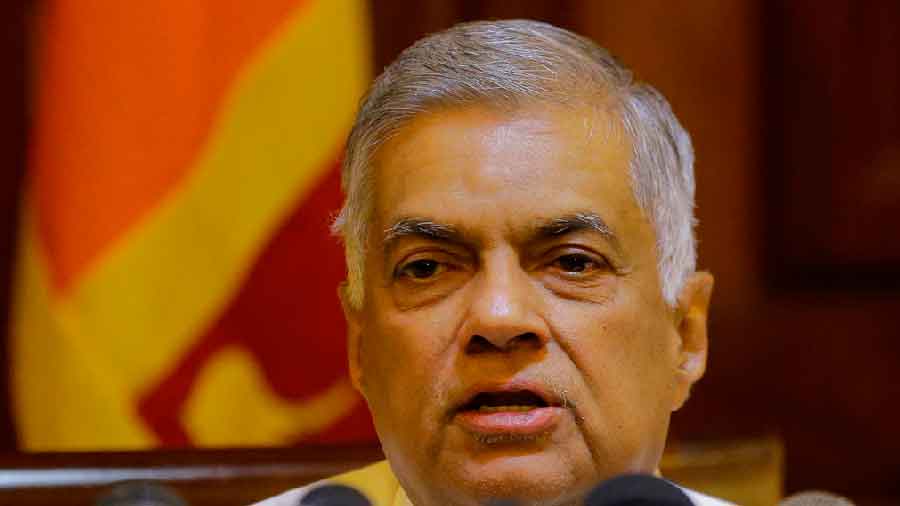Several features, including curbing the Sri Lankan President's power to sack the Prime Minister and the Cabinet, have been included in the draft of a constitutional amendment bill that seeks to reduce the concentration of power in one person, justice minister Wijeyedasa Rajapakshe has said.
He said that the text of the draft of the 22nd Amendment to the Constitution was changed after the ouster of former president Gotabaya Rajapaksa.
"The former president wanted to retain the power to sack the prime minister and the cabinet as he wished. Since his departure we have changed that so the president can't remove the Prime Minister and the Cabinet," Rajapakshe said on Wednesday.
His comments came as he submitted to Parliament the constitutional amendment bill to clip the powers of the president, a key demand of protesters calling for political reforms and solutions to the country's worst economic crisis.
Rajapaksa fled the country to the Maldives after an uprising against him on July 9 and four days later he resigned after reaching Singapore.
The minister said that the reforming of presidential powers was in line with the demand of the protesters who carried on a relentless campaign for over four months demanding the resignation of Rajapaksa for his bungling of the ongoing economic crisis.
He said that for a long time since Sri Lanka adopted the Constitution in 1978, the need to reduce too much power in one person was a major demand.
"The demand was to either abolish the presidential system or prune powers to make parliament empowered," he said.
The 22nd Amendment was formulated amid the ongoing economic turmoil in the country which also caused a political crisis.
It is meant to replace the 20A that had given unfettered powers to President Rajapaksa after abolishing the 19th Amendment.
Describing the salient features of the 22A, Rajapakshe said that the best features of the 19A reversed by Rajapaksa through 20A have been restored.
"All top positions including the post of the governor of the central bank can be made by the president only under the Constitutional Council approval," Rajapakshe said.
The Constitutional Council is a representative supreme body consisting of government and opposition parties.
Under the 20A, the Constitutional Council was converted to a parliamentary council just to rubber stamp presidential powers.
"The president will continue to be the defence minister under 22A which is the only ministry the president can hold," Rajapakshe said.
"Of course, he will be allowed to hold any ministry for 14 days until suitable appointments can be made," he said.
The 22A would also have anti-corruption features, a key demand of the protesters.
He said that under the 20A Rajapaksa increased the number of judges for the Supreme Court and Appeals Court.
"That provision will remain," he said.
"Any interested party now be given time to challenge the bill in the Supreme Court. Thereafter, Parliament would decide on the dates for the debate and adoption," Rajapakshe said.
The bill must be approved by two-thirds of Sri Lanka's 225-member Parliament to become law.
If passed into law, the amendments would reinstate reforms made in 2015. Rajapaksa reversed those reforms and concentrated power in himself after being elected to office in 2019.
Sri Lanka is facing the worst economic crisis since independence in 1948 which has led to an acute shortage of essential items like food, medicine, cooking gas and fuel across the country.
The street protests had been triggered across the country over the poor handling of the economic crisis and the lack of accountability to it.
Protesters demanded the resignation of president Gotabaya Rajapaksa and political reforms.












